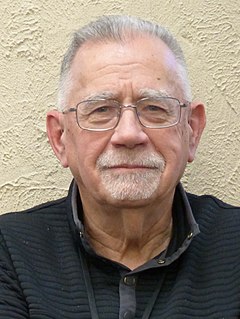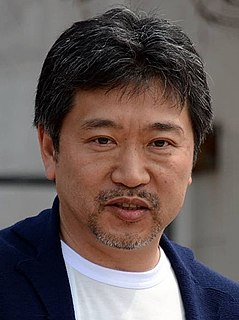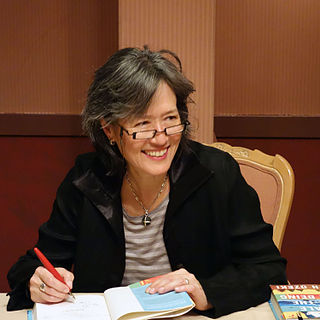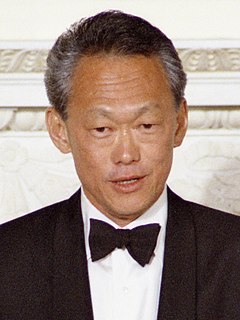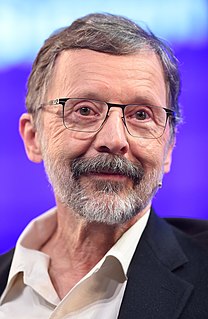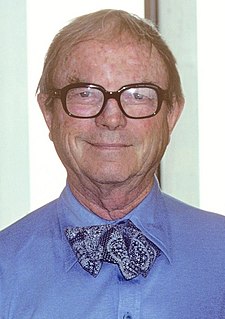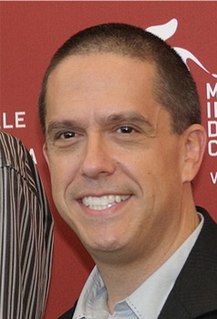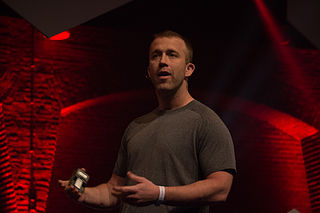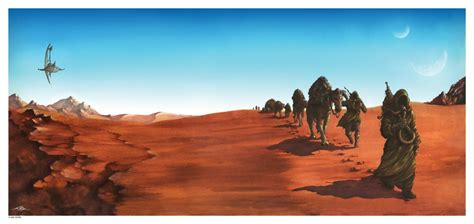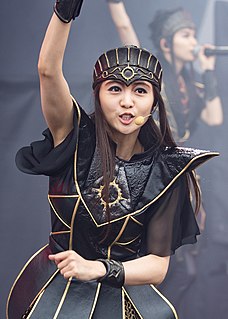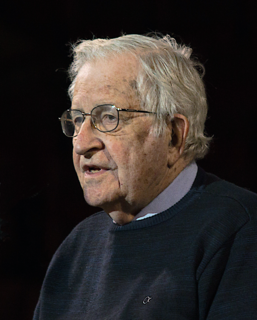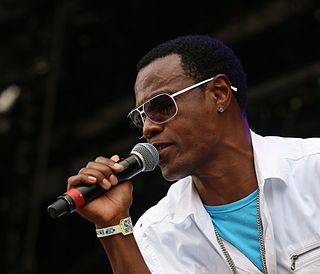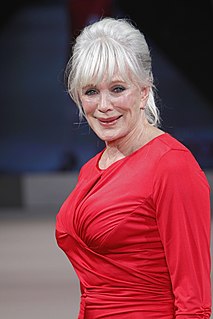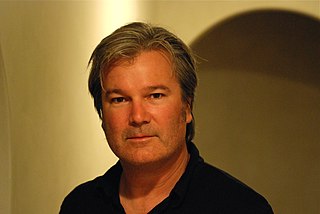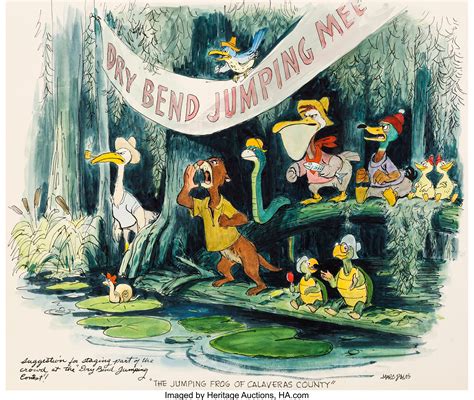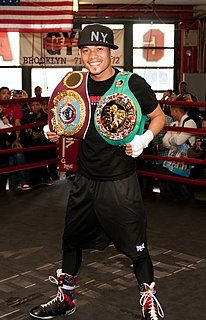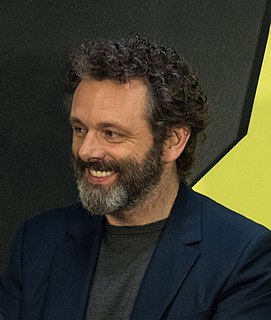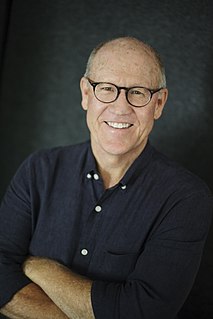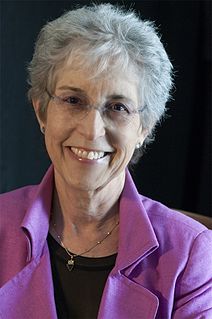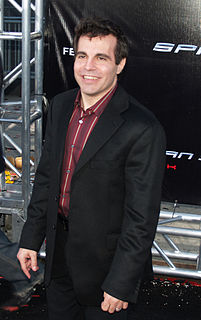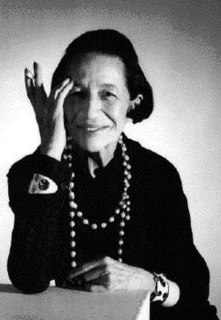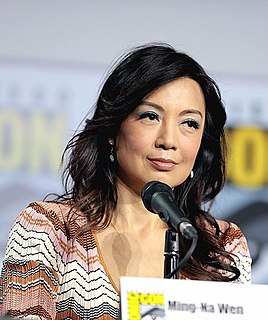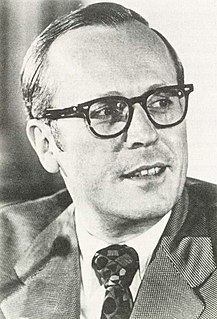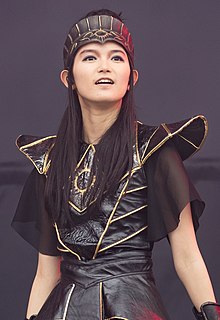Top 1200 Japanese Animation Quotes & Sayings - Page 4
Explore popular Japanese Animation quotes.
Last updated on April 16, 2025.
I went into Hollywood and met Mike Aarons and went to Grantray-Lawrence Animation to work on the, by today's standards, extremely cheap and crude Marvel superheroes cartoons which basically consisted of taking stacks of the comic book art, taking parts of the art, pasting it down, extending it down into drawings and occasionally a new piece of art to bridge the comic book panels and limited animation and lip movement.
I do have more directorial control over animation, because it's like trial and error: If something doesn't work, you can always go back and change certain things. Whereas in live action, every day is a challenge, and you have to make decisions on an hourly basis. So in live action I have more freedom as a director, but in animation, I have more control over the final product.
I don't believe in making movies to cater to a foreign audience. You never know what the reaction is going to be anyhow. At the time I made Maborosi, the Japanese movies getting any foreign attention were all period dramas and seemed to be about some representative element of Japanese life, and my movie was contemporary movie about one specific woman trying to understand her husband's suicide.
I hate when people go on TV and tell you how hard it is to do animation. No, no, no. UPS is hard work. I’ve done some animation and here's how easy it is. The easiest job in the world. I go in a booth and I go, what’s the line? And the guy goes, it’s time to go to the store. And then I go, it’s time to go to the store. And then they gave me $1 million.
Think of the sushi trend that started in the '80s. It was as much about the Nintendo entertainment system in your living room as it was about the availability of good-quality raw fish. The Japanese food trend rose as the world of Japanese business and culture was becoming a bigger part of American life.
Although all studios are now moving towards digitalization, a foundation in which we draw pictures by hand hasn't changed, so I foresee that we will continue to keep it in the future. After all, we used the digital method based on a conception of expanding and advancing the expression of the traditional animation cel in Steamboy. The first goal of this project was to overcome limitations of camera angles caused by platforms. On that aspect, I won't go back to the traditional method. I hoped to combine the merits of the traditional method of cel animation with the merits of the new CGI method.
My colleagues and I are of that generation of young men who went through the Second World War and the Japanese Occupation and emerged determined that no one–neither Japanese nor British–had the right to push and kick us around. We determined that we could govern ourselves and bring up our children in a country where we can be proud to be self-respecting people.
It [moviemaking] is about entertaining audiences with great characters and great stories, you want to make people laugh, you want to make people cry, you want to have great music that is memorable. You want a movie that, as soon as it's over, you want to watch it again, just like that. That's what it is, whether it's live-action, animation, hand drawn, computer, special effects, puppet animation, it doesn't matter. That's the goal of a filmmaker.
Imagine what I could have done in ten years. I could have learned to speak Japanese. I could have played every RPG video game ever created, and if I spoke Japanese I could have played the foreign ones too! Man, I could have built a spaceship in my backyard and flew it to the moon and back, if I wanted.
New York allows you to go deeper into the person you want to be. You're able to explore whatever your specific interests might be. You can eat good Japanese food if you want to eat good Japanese food. You can go and see your favorite author reading, and you can still listen to Radio Ulster on the internet as you have your breakfast. I love that.
Shin [Biyajima] rides down with this big ol' Japanese grin and giggle and I'm like what? Two years later, when I started planning the trip, I knew Shin was from the Hakuba area, and I didn't want to come film in Japan without a Japanese rider. Shin had the time and availability, and it worked out perfect.
You look at Japan and Hayao Miyazaki's films are the biggest films ever made in Japan; domestically there and they play to critical acclaim around the world. He won't put more then 5 or 10 percent computer imagery in his movies. It's disappointing to me. It's a silly choice that some studios made to move out of animation. It's part of the unfortuneate preconception that I think the public has going into see animation.
When the poet's sentiments are overly visible, the audience may become uncomfortable. Japanese ritual is the opposite. By writing simply and only about what is there, the audience is drawn into the poet's world. Their imagination is stimulated, and a silent connection is established. I believe this is where the most important aspect of the Japanese sense of beauty lies.
The most fun is to inhabit the world where cartoon physics is king. And that just means that things move with kind of an energy and exaggeration and appeal that is different from what we see in our world. We're bound by, at least, Newton's Laws of physics here and in animation we're not. So, director's can be extremely eccentric, you can sculpt motion in animation in a way that you just can't do any other way. In any other performance medium.
In the early 1940s, as a young teenager, I was utterly appalled by the racist and jingoist hysteria of the anti-Japanese propaganda. The Germans were evil, but treated with some respect: They were, after all, blond Aryan types, just like our imaginary self-image. Japanese were mere vermin, to be crushed like ants.
A very enjoyable meditation on the curious thing called 'Zen' -not the Japanese religious tradition but rather the Western clich of Zen that is embraced in advertising, self-help books, and much more. . . . Yamada, who is both a scholar of Buddhism and a student of archery, offers refreshing insight into Western stereotypes of Japan and Japanese culture, and how these are received in Japan.
Even when I'm writing animation, I think of them as real people. I think of them as completely three-dimensional beings, even if it's a talking teapot. I don't think of them as one-dimensional drawn characters running around. Maybe that's why, to me, there's really no difference in writing the two - animation versus live action.
I used to think that animation was about moving stuff. In order to make it really great, you bounce it, squash it, stretch it, make the eyes go big. But, as time went on, I started loving animating a character who had a kind of burning passion in her heart. Suddenly, animation became for me not so much about moving stuff as it was about moving the audience.
I've been working in computer animation for 25 years. I'm obviously a devotee of the technology. I just think it's the one aspect of the medium that's going to continue to revolutionize the filmmaking. It's constantly changing and it's constantly opening up new possibilities. The technology is evolving where 2-D animation was ultimately limited by how long you could pay how many people to make a movie. I mean computers, not that it's in anyway a labor saving device, but it promises to open up exciting new technical possibilites.
The difference between the Japanese and the American is summed up in their opposite reactions to the proverb (popular in both nations), "A rolling stone gathers no moss." Epidemiologist S. Leonard Syme observes that to the Japanese, moss is exquisite and valued; a stone is enhanced by moss; hence a person who keeps moving and changing never acquires the beauty and benefits of stability. To Americans, the proverb is an admonition to keep rolling, to keep from being covered with clinging attachments.
God was fair to the Japanese. He gave them no oil, no coal, no diamonds, no gold, no natural resources — nothing! Nothing comes from the island that you can sustain a civilization on. What God gave the Japanese was a sense of style—maintained through the centuries through hard work and the disciplines of ambition.
Some years ago our Japanese counterparts asked us to resume the discussions of the issue and so we did meeting them halfway. Over the passed couple of years the contacts were practically frozen on the initiative of the Japanese side, not ours. At the same time, presently our partners have expressed their eagerness to resume discussions on this issue [the Kuril Islands].
These people looked Japanese, were originally Japanese, were numerous. We had no way of knowing to what extent they had been infiltrated. To their great credit, it seems not to have been very much at all. But I can understand why. And I rather respect Eleanor for standing out against the tide at that point. But it certainly was a tide. And I'm not going to say it was unjustified.
It's pretentious to say, but my art is like a little Zen story, a story with a question mark at the end. People can take from it what they need. If somebody says, "Your art is very funny," I say, "You are totally right." If somebody says, "Your art is very sad," I say, "You are totally right." In Japan they say, "Your art is very Japanese, you even look Japanese.Your great-grandfather was most surely a Japanese man." And I say, "You are totally right."

